The term “car race” almost instantly brings up mental images of four-wheeled machines running around a closed circuit, with their drivers trying to outdo each other in terms of speed and daring, all for the ultimate reward of a podium finish.
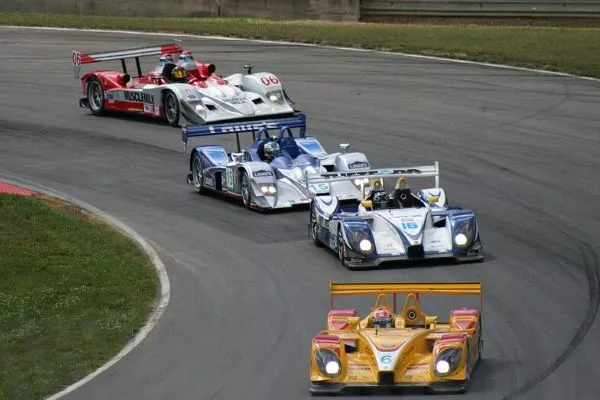
Not all car races are exclusively about speed
But not all motorsports showcase the fastest automobiles or those that can complete laps in the shortest time possible. Some are meant to focus on the maximum distance covered in a day, testing the limits of both man and machine.
These are the automobile endurance races, the most well-known of which is the 24 Hours of Le Mans.
Beginnings and objective
The race had its maiden run on May 26, 1923 in the town of Le Mans, France where it has been held annually (except for a 10-year hiatus when World War II broke out). It forms part of the Triple Crown of Motorsports, the other two being the Indianapolis 500 and the Monaco Grand Prix.
Traditionally held in June of every year, the 24 Hours of Le Mans is actually predated by the Endurance Derby staged in Philadelphia, U.S. as the world’s first 24-hour race by 16 years.
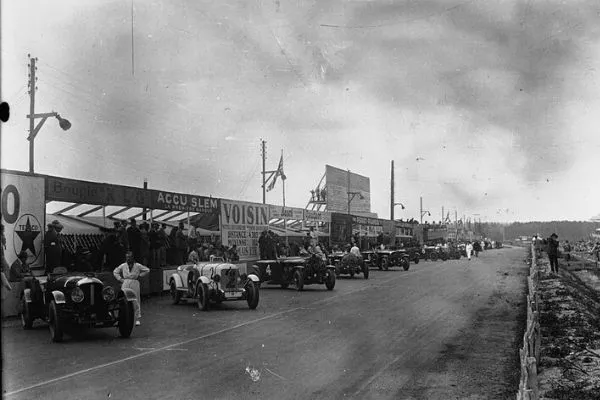
The 24 Hours of Le Mans aimed to test the endurance of both man and machine
The objective of Le Mans is to test the ability of car manufacturers to build models that are both sporty and reliable, manned by drivers over a period of 24 hours.
A race typically kicks off on a mid-afternoon weekend, finishing at the same hour the next day. While speed is still a factor in determining a win, competing teams also need to manage the car’s consumable items such as fuel, tires, and brakes.
Three drivers are assigned to each participating car, rotating in shifts of typically more than two hours each behind the wheel.
>>> Related: [Philkotse pick] The top 5 best track cars for beginners
The rules of the race
Early versions of the race did not have rules on how long a driver should sit behind the wheel, with some participants running the race solo in order to save time. This was extremely risky as fatigue can reduce driver alertness and lead to accidents, so the practice was eventually banned.
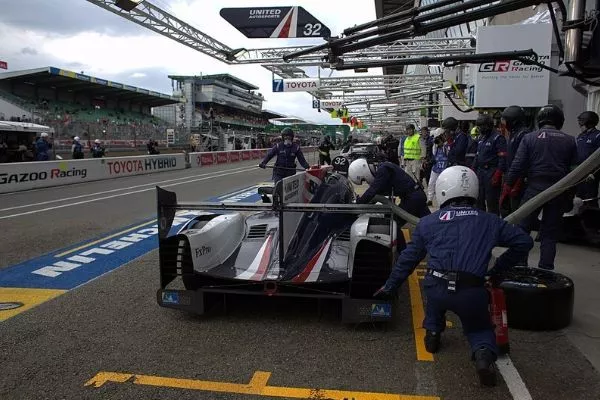
Le Mans pit stops are kept to a minimum
For many decades, cars had to last the first hour into the race before their fluids (excluding fuel) were replenished, in an attempt to increase efficiency; those that failed this requirement were disqualified.
Unlike in conventional motorsports events, cars are not allowed to idle during refueling at the pit stops, reducing the risk of fire and testing the car’s ability to endure multiple engine starts.
Moreover, mechanics are not allowed to work on the car other than assisting with the driver’s ingress and egress.
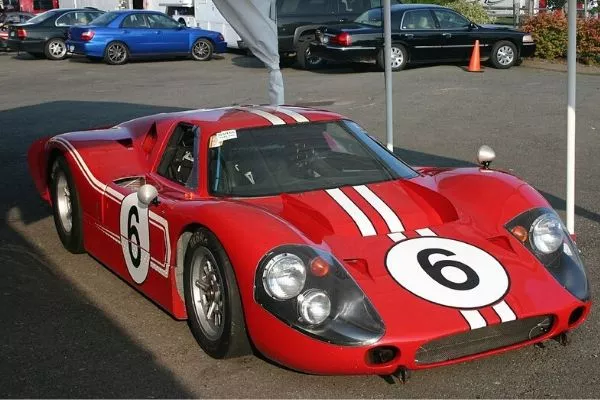
The Ford GT40 Mk IV was a dark horse which eventually won the 1967 Le Mans race
It was the 1967 edition of the Le Mans race that started the tradition of spraying champagne to celebrate a race win. Dan Gurney and A.J. Foyt drove a Ford GT40 Mark IV to victory, despite predictions by the local media that their run would end in disaster.
Handed a bottle of champagne, Gurney saw Ford CEO Henry Ford II and team owner Carroll Shelby as well as their respective spouses, and he shook the bottle to spray everyone nearby.
>>> Related: McLaren Speedtail vs F-35 jet race: Can a supercar keep up?
The innovations it spawned
There’s a reason why the 24 Hours of Le Mans is called the “Grand Prix of Endurance Racing and Efficiency”. The layout of the Circuit de la Sarthe that hosts the race is largely dominated by straights, which require cars to be fast and stable at high speeds.
More importantly, the nature of the race requires that participating cars spend as little time as possible on pit stops.
Sections of the track are considered public roads and are therefore not as well-maintained as permanent race courses, with the resulting strain on the car’s components adding to the challenge.
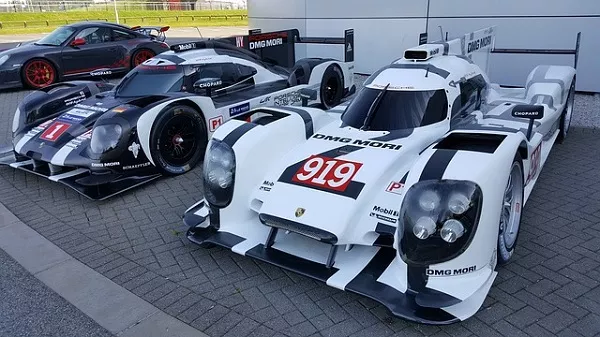
Porsche has joined the most number of Le Mans races and holds the most records
More than bragging rights for participating marques, the annual event has resulted in several innovations that have been applied to modern passenger cars.
Aerodynamics was one of these, where manufacturers such as Bugatti covered cars in body shells to improve airflow. Improvements in the combustion engine led to alternative fuels being used for the competition such as diesel, ethanol, and biofuels.
Braking technology also evolved to cope with the increasing speeds on the track, with disc brakes making their debut on the Jaguar C-Type at the 1953 Le Mans and antilock brakes becoming standard for participating cars by the 1980s.
Porsche has become practically synonymous with Le Mans, participating as far back as 1951. To date, the marque has posted the greatest number of constructor wins (19), the most consecutive victories (1981-1987), and the biggest number of 1-2 finishes as well as the fastest laps, among other records.
At 30 drivers, the United Kingdom has the most winning helmsmen of any participating country, while France leads with 43 driver wins.
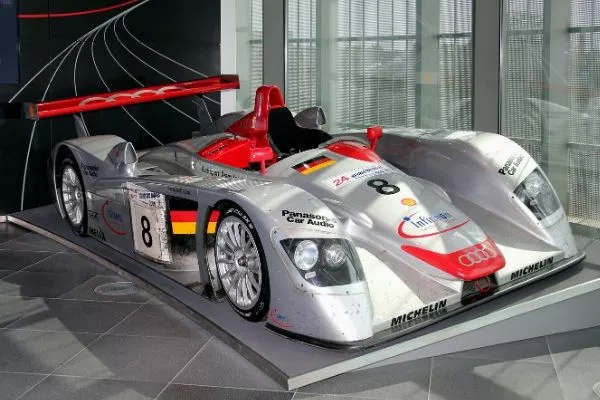
Audi's R8 LMP (Le Mans Prototype) has the most number of wins by an individual model
This year’s edition of the 24 Hours of Le Mans will be moved to September, on account of the COVID-19 pandemic. In lieu of the actual race, the event on June 13 takes the form of a virtual competition, with professional drivers and e-sports stars participating using the rFactor 2 PC racing game.
Unlike the traditional field of 60 cars, a total of 50 machines will be competing, each team comprising four drivers who are required to put in at least four hours each of race time.
The next time you spot a sedate passenger car or a high-performance roadster on the road, think about the features and technologies it might owe to the world’s oldest active sports car race in endurance racing.
Relive motorsports history here on Philkotse.com.
Recent posts
- Top 5 cheapest sports cars in the Philippines 2019 Jul 11, 2022
- What is the best sports car brands in the world and why? Jun 03, 2021
- Top sports car models from popular brands for your choice Aug 18, 2023
- Top 5 best sports cars in the Philippines Oct 29, 2022
- Porsche 911 GT2 RS 2018 breaks Nurburging record in 6 mins 47.3 secs Aug 21, 2019












